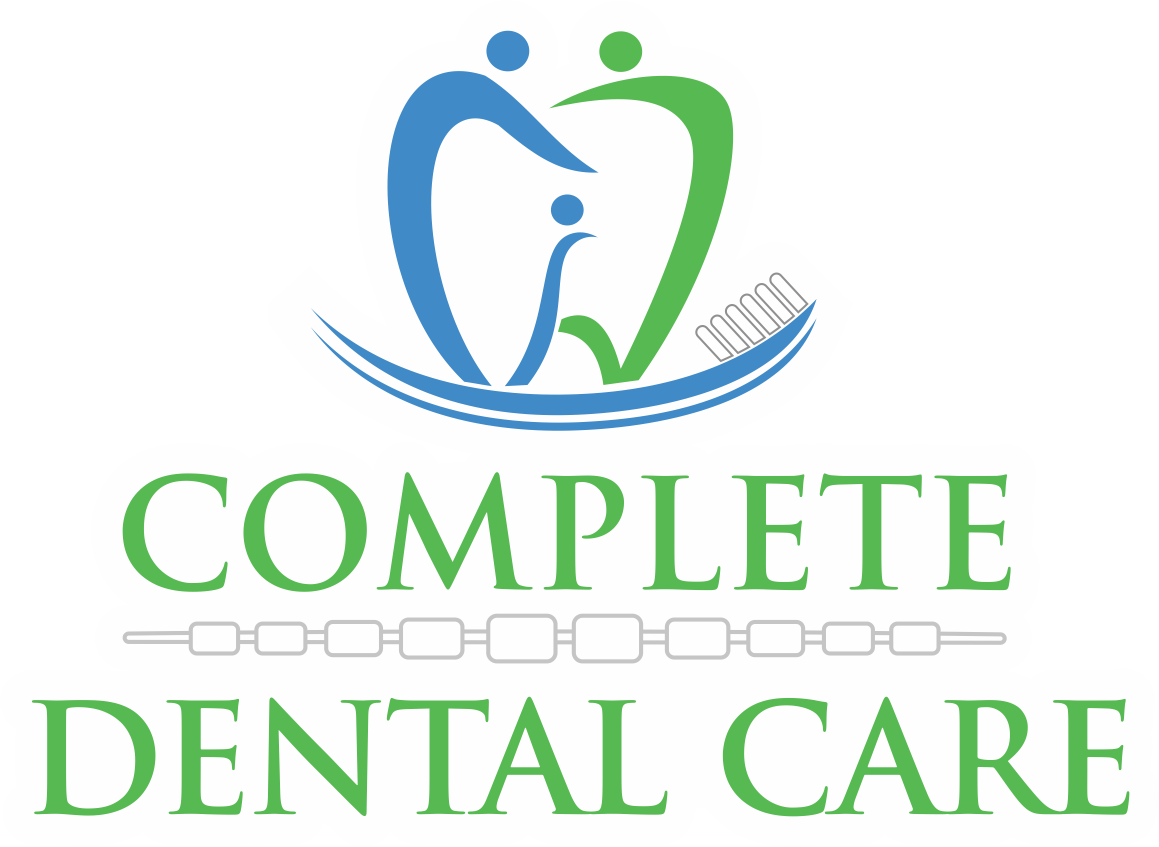Patient Information
Frequently Asked Questions
Yes. Please arrive 15 minutes early to fill out any remaining forms. New patient forms can be found at the bottom of this page.
Identification
Dental Insurance Card
New Patient Forms
Time will vary, especially for your first appointment. But please allow at least 1 to 1.5 hours for the first visit.
Many people do not see a dentist on a regular basis. They only go when they have a problem. This is known as “crisis treatment” versus “preventive treatment.” While these patients may feel they are saving money, it often ends up costing much more money and time. This is because many dental problems do not have symptoms until they reach the advanced stages of the disease process. An good example is tooth decay. It is typical to hear, “Nothing hurts so I must not have any problems.” Tooth decay often does not hurt until it gets close to the nerve of the tooth. It is not uncommon to see a patient with a huge cavity who has never felt a thing. The dentist can usually detect a cavity 3-4 years before it develops any symptoms. This early detection can help you prevent costly treatment.
Many diseases of the teeth and surrounding tissues cannot be seen when the dentist examines the mouth. An x-ray examination may reveal:
small areas of decay between the teeth or below existing fillings, infections in the bone, periodontal (gum) disease, abscesses or cysts, developmental abnormalities, and some types of tumors.
Finding and treating dental problems at an early stage can save time, money and unnecessary discomfort. X-rays can detect damage to oral structures not visible during a regular exam. If you have a hidden tumor, X-rays may even help save your life. Our dentist will evaluate your need for X-rays based on the conditions present in development. There are many benefits to having X-rays taken. Any additional questions or concerns should be discussed during your appointment time.
